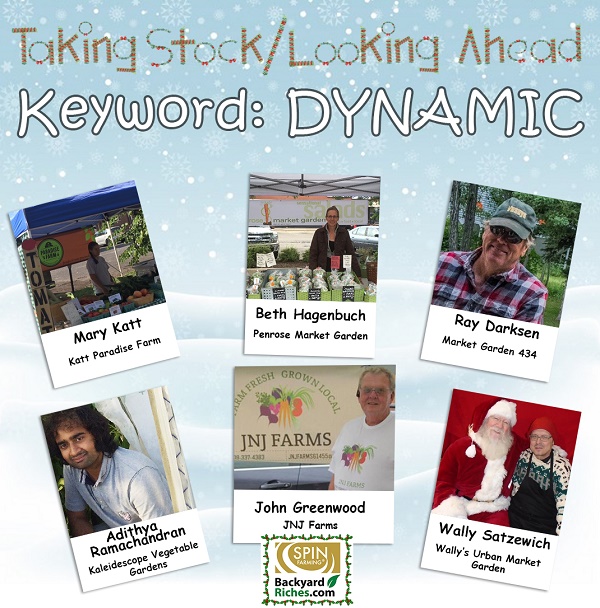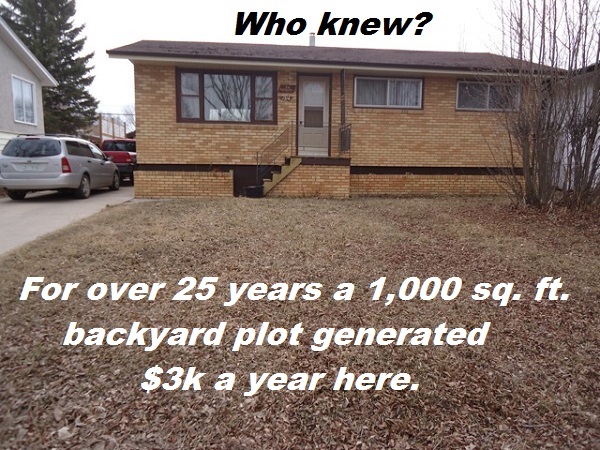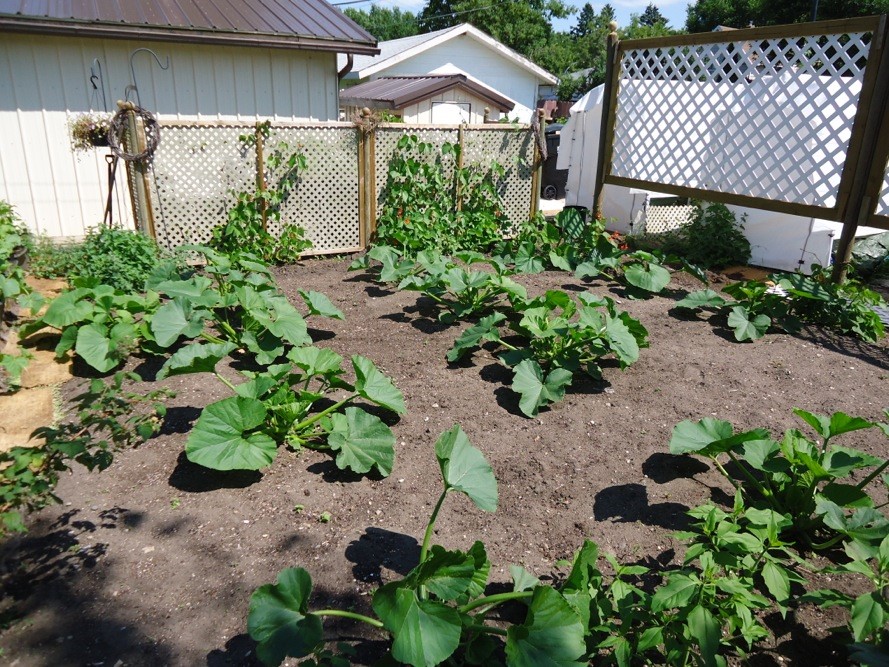Here’s SPIN-Farming’s Alphabet List of 2018 Trends to look forward to, culled from all the presentations at this year’s Member Meetups. Thanks to all of the forward thinking SPIN farmers listed below who presented their business plans, how they implemented them and the revenue they targeted and achieved.
SPIN’s online Member Meetups are THE place to get in on the latest entrepreneurial farming trends as they are happening and learn from the real-world experience of those who are using SPIN-Farming to create and develop successful businesses. If starting a farm business, or learning the business of growing food, is on your New Year’s to-do list, you’re welcome to join in. (see below).
SPIN’s Alphabet of 2018 Trends
Agritourism – yes even sub-acre farms can get in on this
Brand building – important now that there’s more competition
Collaborative CSA – low-risk way to scale
DIY supply chains – ditto above
Exclusivity – new way to work a niche
Food Safety – take a course; it’s the mark of professionalism
Grocery stores – they’re courting small producers now
Herbaceous cocktails – bars are now customers
Inventory tracking – use kanban
Just in time delivery – online ordering makes it easy
Kickstarter- works for expansion plans
Livestock – collaborate on this
Mix and match pricing – customers always buy more this way
Nursery business – yes, a few backyards can support one
Organic certification – in some markets it’s an advantage
Pet food – collaborate with veterianarian
Quackleberry eggs – duck eggs sell
Relative crop values – track it to increase your profitability
Specialization – easier to stand out with what you’re good at
Targeted revenue – always the starting point
Utility sink – a farmer’s spa!
Videomercials – consumers remember then
Wholesaling – ask for terms that work for you or walk away
X-pansion – if demand is there, grow beyond your backyard
Yardsharing – see above
Zippy packaging – good-bye dull earth tones
SPIN Farming’s 2017 Star Performers

Beth Hagenbuch, Penrose Market Garden, Detroit MI Rob Miller, Trefoil Gardens, Woodstock GA Mike Meier, Ground Floor Farm, Stuart FL Ray Derksen, Market Garden 434, Sylvania SK Lourdes Casañares, Masagana Flower Farm, Manitoba, Mark Voss, Voss Organics, Madison WI Max Valyear, Green Wheel Farms, Belleville ON Tara Callaghan, Little Victory Farm, Hunter River, PEI Cale Sprister, Sandy’s Way Microfarm, Sedalia CO Rod Olson, Leafy & Lyre, Calgary AB
WANT TO LEARN HOW TO GROW WITH THESE PRO’S?
There are two options You can purchase membership here, to participate in our online support group and get access to all past and future Member Meetups as well as monthly instant learning sessions conducted by SPIN-Farming’s creator, Wally Satzewich.
If you are committed to starting a business, purchase our guides here which also comes with a free trial membership.Be on trend and in the money in 2018!











